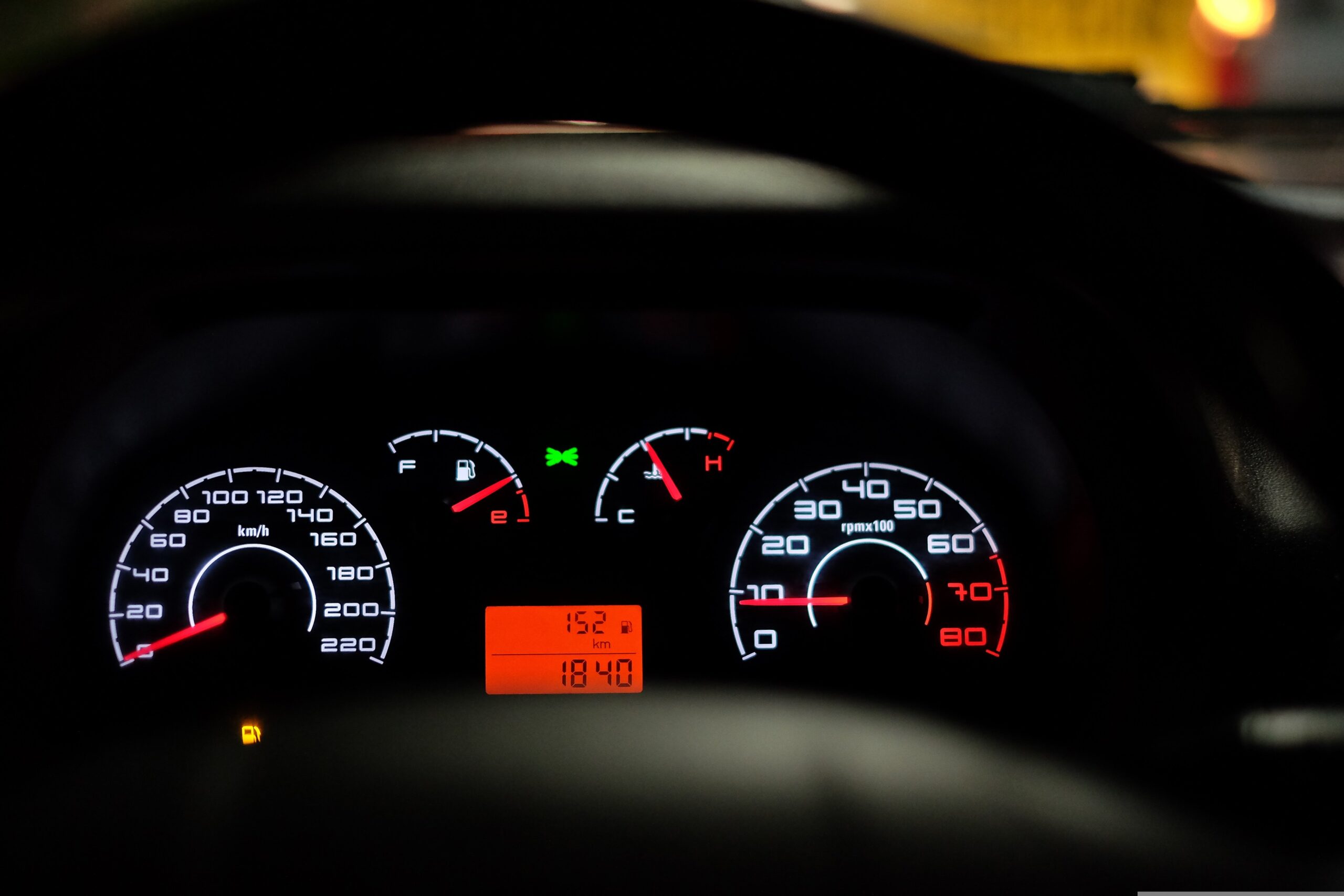I have two mathematical arguments (or, well, maybe the first one is mainly a physics argument) for why it is often unwise to speed.
1 — Quadratic Braking Distance
The first argument is that the kinetic energy at speed ![]() for a car with mass
for a car with mass ![]() is
is
![]()
(1) ![]()
A concrete example, since ![]() , if you drive 70km/h in a 50km/h zone, your energy and thus braking distance would be doubled (because
, if you drive 70km/h in a 50km/h zone, your energy and thus braking distance would be doubled (because ![]() ), and if both you (driving 70km/h) and another car driving 50km/h encounter a tree on the road, and the other car manages to just barely brake in time, you will hit the tree with a velocity of 50km/h. (Assuming you have exactly the same car model, etc.) Replacing the tree with a child gives a more gruesome scenario.
), and if both you (driving 70km/h) and another car driving 50km/h encounter a tree on the road, and the other car manages to just barely brake in time, you will hit the tree with a velocity of 50km/h. (Assuming you have exactly the same car model, etc.) Replacing the tree with a child gives a more gruesome scenario.
Note that the first deceleration of 20km/h takes the same distance as the remaining 50km/h deceleration. This follows directly from (1), but intuitively this occurs because the faster you are driving, the longer distance you cover while decelerating.
2 — Velocities follow a Harmonic Average
The second argument concerns more so the utility of driving too fast and is an interesting consequence of the AM-HM inequality. The core of this argument is that “you will never get lost time back.”
Consider the scenario where you need to drive 100 km. For the first 50 km you are stuck in traffic so you are able to drive 50km/h. Then, for the second half, you can drive up to 150km/h (the speed limit might be 120) so in order to get to your destination faster, you drive 150km/h. Then you believe that you will average out so your average speed is
![]()
![]()
Yup. Just 75km/h. Not 100km/h like initially expected. Which means you took on “quadratically as much danger” (see Argument 1) but be scammed out the “benefit” (having a fast average speed, and thus arriving quicker) of it. Which just means that speeding is a case that is loaded against you in both ways. Surprisingly, even if you drive ![]() km/h in the second half, your average speed would only be 100km/h! (See below for why.)
km/h in the second half, your average speed would only be 100km/h! (See below for why.)
Now, if you’re curious about what I meant with AM-HM inequality, let me explain. In the case above, if you wanted to compute the average speed “correctly”, you actually need to use the so-called Harmonic Mean (as opposed to the Arithmetic Mean which is the normally used “average”). The harmonic mean of two (positive) numbers ![]() and
and ![]() is
is
![Rendered by QuickLaTeX.com \[ HM = \frac{2}{\dfrac{1}{a} + \dfrac{1}{b}} \]](https://albertbencarlson.com/wp-content/ql-cache/quicklatex.com-446164fdafd70834203c432ba121f171_l3.png)
![Rendered by QuickLaTeX.com \[ \frac{2}{\dfrac{1}{50} + \dfrac{1}{150}} = \frac{2}{\dfrac{3}{150} + \dfrac{1}{150}} = \frac{2}{\dfrac{4}{150}} = \frac{2\cdot150}{4} = \frac{300}{4} = 75 \]](https://albertbencarlson.com/wp-content/ql-cache/quicklatex.com-2b5f8b649d6c90981f416ca82de4835f_l3.png)
![Rendered by QuickLaTeX.com \[ \frac{1}{\dfrac{0.7}{50} + \dfrac{0.3}{150}} = 62.5. \]](https://albertbencarlson.com/wp-content/ql-cache/quicklatex.com-9476c58dc8e73fd5394a7213867ea3c4_l3.png)
![]()
![]()
![Rendered by QuickLaTeX.com \[ \frac{2}{\dfrac{1}{50} + \dfrac{1}{\infty}} = \frac{2}{\dfrac{1}{50} + 0} = \frac{2}{\dfrac{1}{50}} = \frac{2\cdot50}{1} = 100 \]](https://albertbencarlson.com/wp-content/ql-cache/quicklatex.com-5847b00c393f0301d078ce7b409572d6_l3.png)
</rant>
- You could counter this by saying that it is sunk cost fallacy to look at the previous traffic when deciding how fast to drive in the second half, and that we should always do what is optimal in our current situation, so our overall average speed doesn’t matter. I realize this flaw in my argumentation. But then, there are other arguments (such as Argument 1) for why this is unwise. ↩︎
